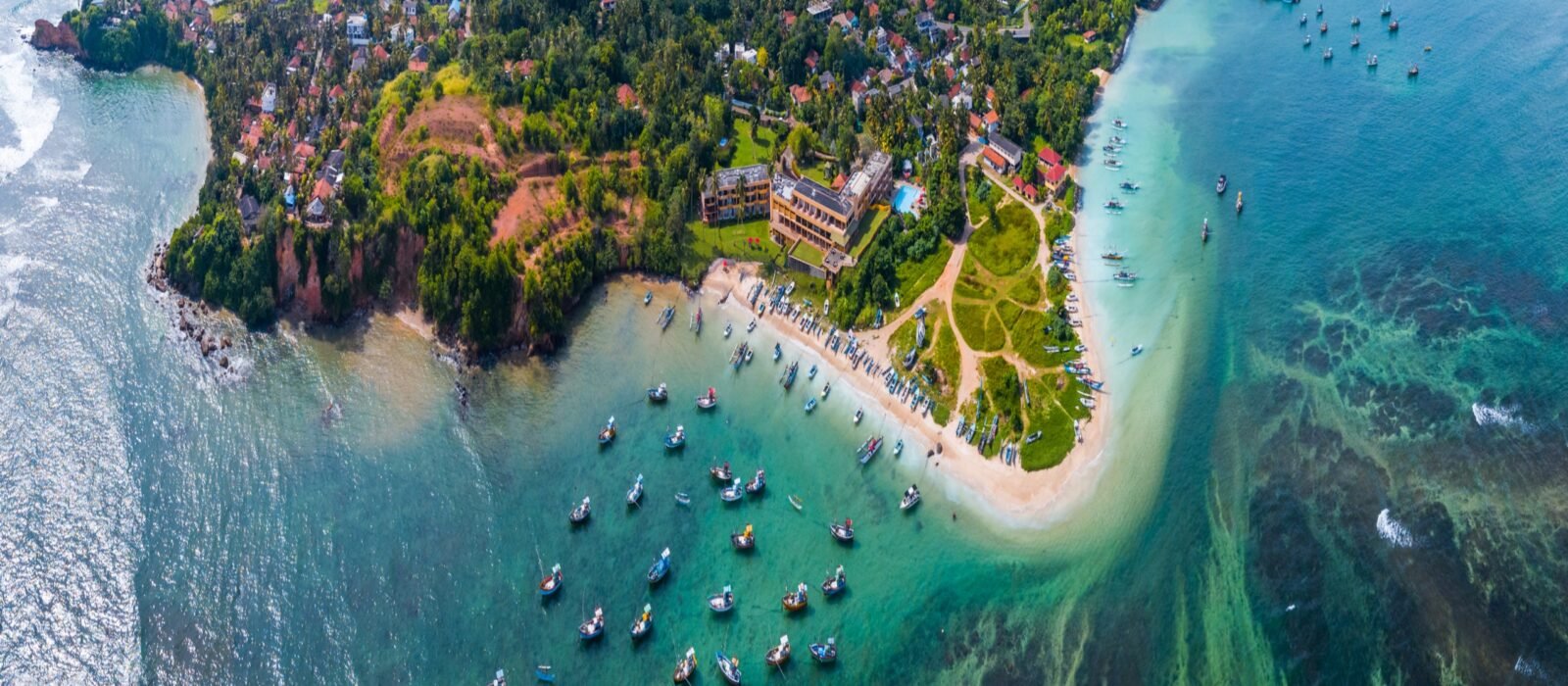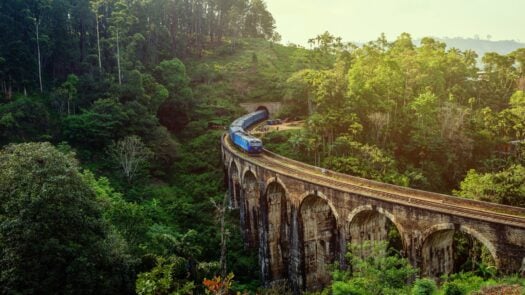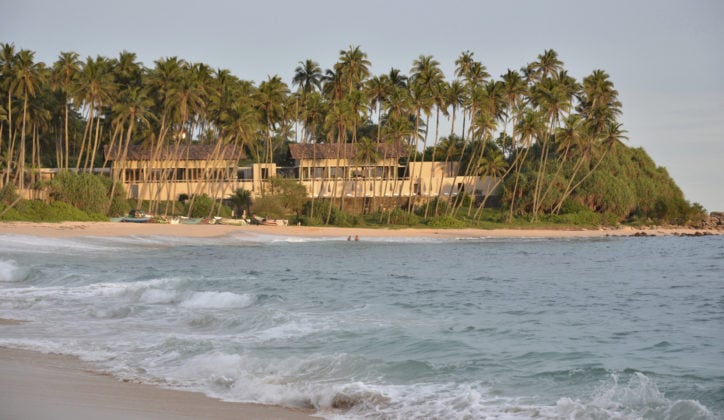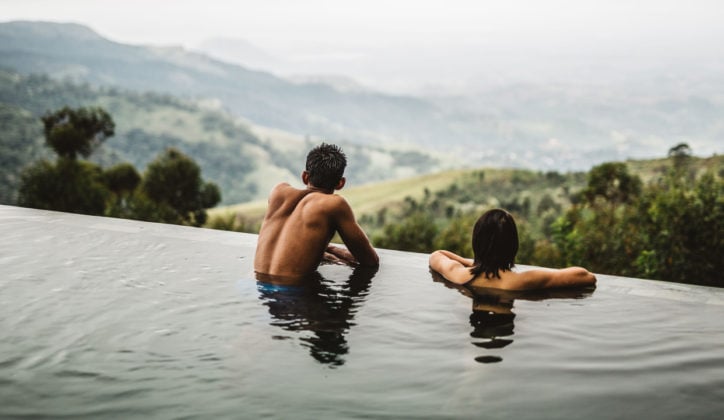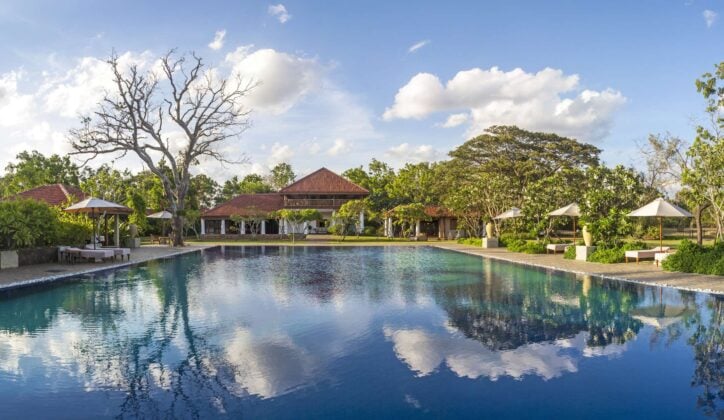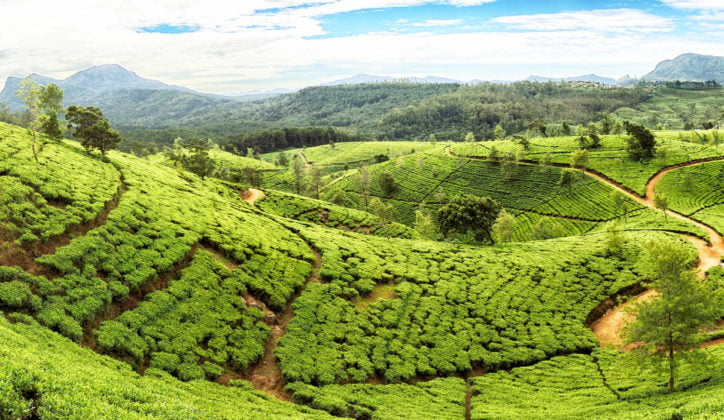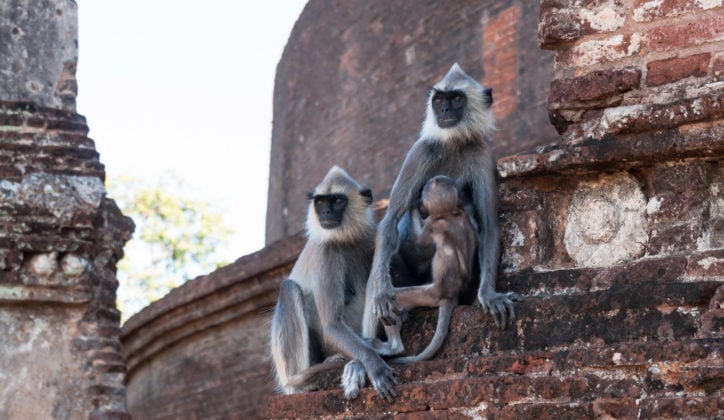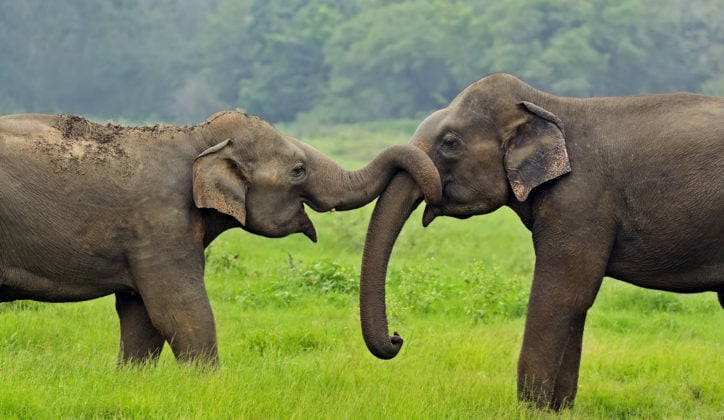Published on: January 30th, 2018
Last modified: July 28th, 2023
If you haven’t discovered the ‘pearl of the Indian Ocean’ yet, it’s time to put it at the top of your list. From its idyllic beaches and lush tea country to majestic leopards, elephants and sea turtles, all kinds of surprises await you in Sri Lanka.
Why Visit Sri Lanka?
This South Asian island is brimming with rich history, diverse culture, spectacular wildlife, stunning landscapes and unparalleled experiences. Here you can go on thrilling safaris, taste incredible cuisine, enjoy beautiful weather and so much more. No matter what you’re looking for, Sri Lanka has something for you.
1. Incredible Wildlife
Sri Lanka is home to all kinds of fascinating animals, making it one of the world’s best places to go on safari outside Africa. Visit Yala National Park to spot elusive leopards, or head to the remote Gal Oya National Park to see Asian elephants swimming and socialising.
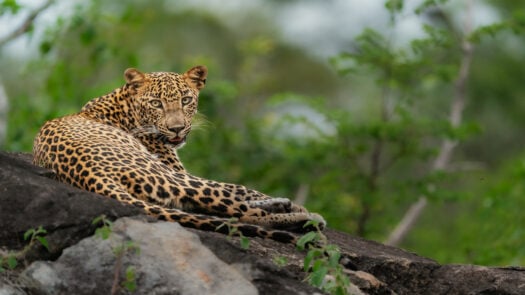
A Sri Lankan safari might also include sightings of wild boar, buffalos, langurs, toque macaques, sloth bears, crocodiles, whales, dolphins and the countless other species that reside here.
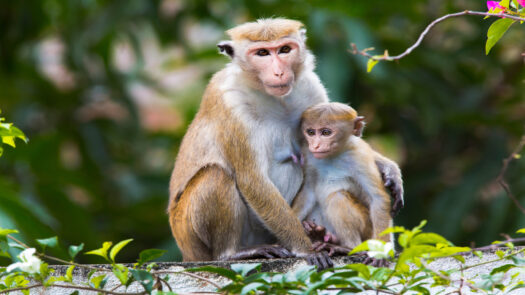
2. Welcoming People
In Sri Lanka, as with much of the parts of the Indian Subcontinent, you’ll find that most locals welcome visitors with open arms. The general atmosphere is very laid-back, offering a refreshingly slow pace and serene environment for travellers to discover its charms.
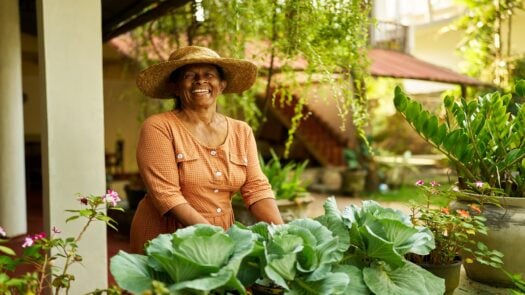
The people of Sri Lanka have many ways to make visitors feel at home. Known for their generosity and vibrant spirit that’s demonstrated through dance, food, art and festivals (there are around 25 national holidays a year in Sri Lanka) it seems there is always an open invitation to celebrate something.
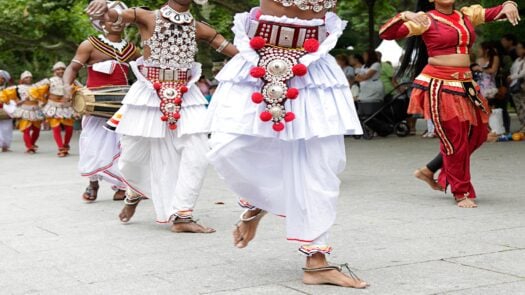
3. Unique Cultural Heritage
Over the centuries, traders from across the globe have been drawn to this island. For many millennia it was divided into ancient kingdoms. The Portuguese arrived in 1505, and Sri Lanka was then colonised by the Dutch and the British before gaining independence in 1948.
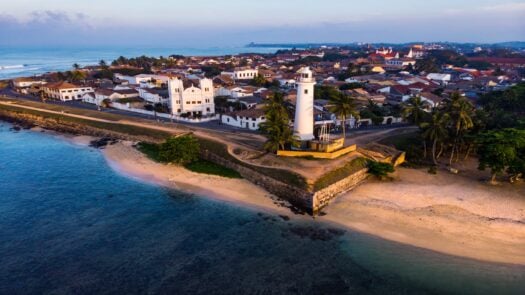
This history has created a rich and diverse culture, where ancient traditions coexist with more modern heritage. You can see evidence of Sri Lanka’s eclectic influences in the juxtaposition of ornate ancient temples and grand colonial buildings, particularly in its coastal cities and the capital Colombo.
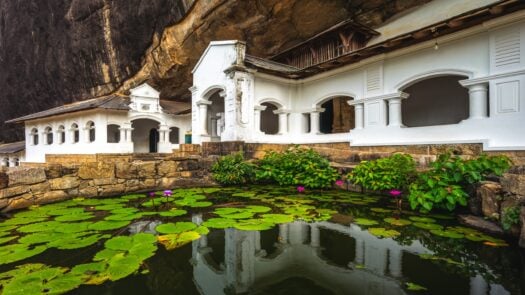
4. Verdant Tea Plantations
Since the first tea bush was planted here in 1867, Sri Lanka has become the world’s fourth largest producer of tea. In fact, you might recognise its former name – Ceylon – as a variety of tea that’s still popular today.
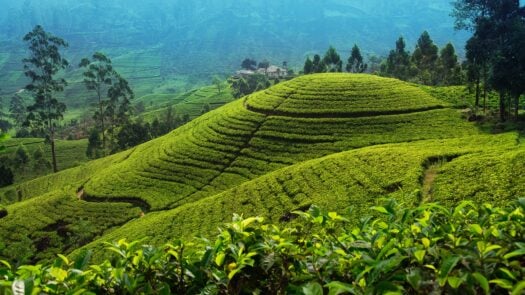
Sri Lanka’s tea country is a gorgeous expanse of undulating green hills and lush plantations. It’s one of the only places on earth where tea is still harvested by hand. Here you can learn about traditional methods and sample premium brews as you breathe in the fresh highland air.
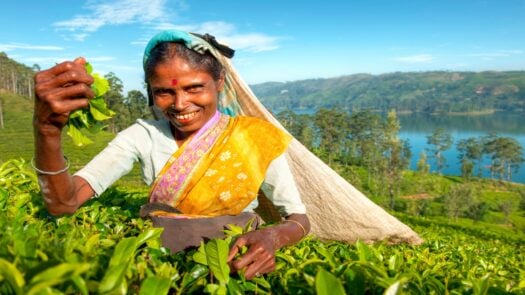
5. Amazing Local Food
Sri Lanka is the land of cinnamon and spices, so you can imagine how delicious its food is. The local cuisine is distinctive and flavourful, with influences from neighbouring countries and the various other cultures that have left their mark here.

Sri Lankan dishes often highlight locally sourced ingredients like fish, rice, fruits and vegetables. Seafood is a particularly important element of its cuisine; imagine savouring freshly caught prawns, squid, cuttlefish and lobster as you gaze out at the sparkling sea.
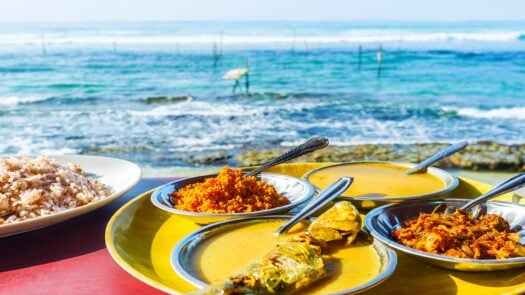
6. Epic Train Journeys
One of the best ways to explore Sri Lanka is by train. The country has several fantastic rail routes that will carry you through bustling cities, dense forests, deep valleys and surf towns, promising unbelievable views along the way.
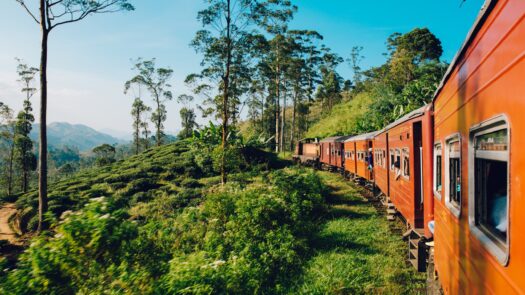
7. Unspoiled Beaches
Sri Lanka has no shortage of beautiful beaches. Whether you’re seeking solitude, parties, surfing or snorkelling, there’s a strip of sand for you. The country’s best beaches can be found on its western and southern coasts, famous for their golden sand and abundant palm trees.
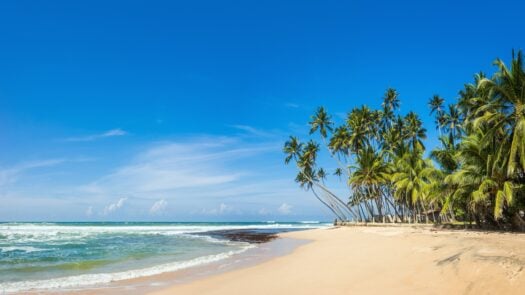
The main town in this area is Galle, an eclectic outpost known for its imposing colonial fort, vibrant streets and traditional ‘stilt fishermen’ who perch above the water to bring in the daily catch, just as they’ve done for decades.
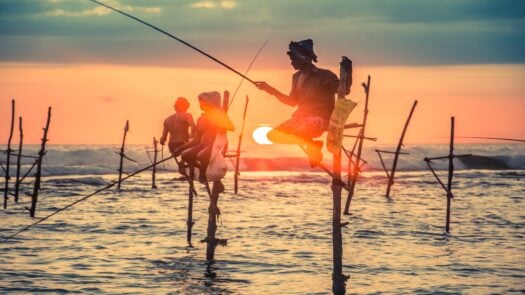
8. Tropical Climate
No matter what time of year you choose to visit Sri Lanka, you’ll be treated to wonderful weather. In fact, this is one of the warmest countries in the world. The northern and eastern regions tend to be drier and hotter, while the central highlands see the most rainfall.
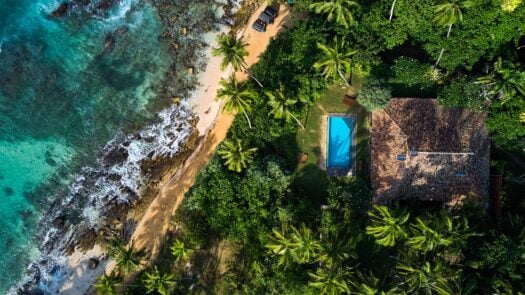
The best time to visit Sri Lanka depends on your interests. For beach holidays, plan your trip from November to March; for wildlife spotting, the best season is May to October.
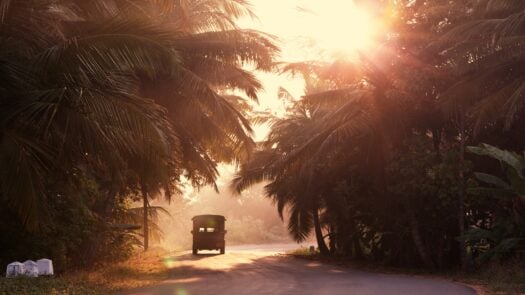
9. Scenic Hiking Trails
The endless natural beauty of Sri Lanka lends itself well to exploration on foot. If postcard-worthy views and ancient cultural sites appeal to you, head to the Cultural Triangle. Here you can ascend to Sigiriya, an awe-inspiring palace and fortress complex set atop a rocky plateau.
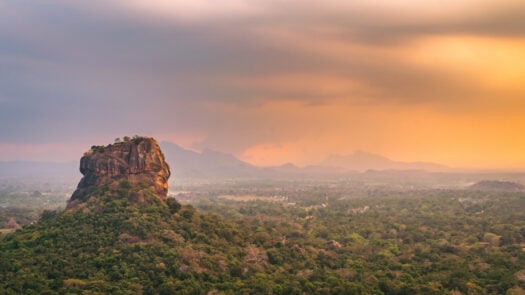
We also highly recommend trekking through the brilliant hills of tea country. There’s a multitude of routes including the iconic Adam’s Peak. Although the hike to reach the peak of the mountain is a challenge, the rewards are breathtakingly beautiful. We recommend starting early to avoid the heat of the day and witness the orange and pink light of sunrise as you stand above the clouds.
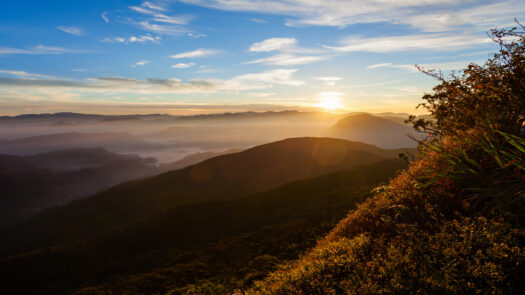
10. Luxurious Escapes
This country is replete with superb accommodation, no matter which city or region you’re in. Outside of Colombo you’ll find The Wallawwa, an elegant colonial manor house set amidst tropical gardens. In the heart of tea country is another historic spot: Thotalagala, a restored planter’s bungalow with just seven sumptuous suites.
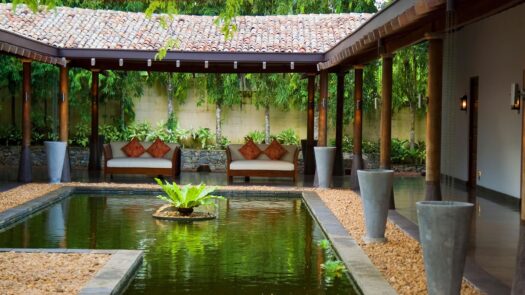
For an exclusive beach retreat, head to Amanwella near the coastal town of Tangalle. Or opt for a seaside safari adventure at Chena Huts, where you’ll be surrounded by sea turtles and elephants – and just a short distance away from alluring reefs, forests and national parks.
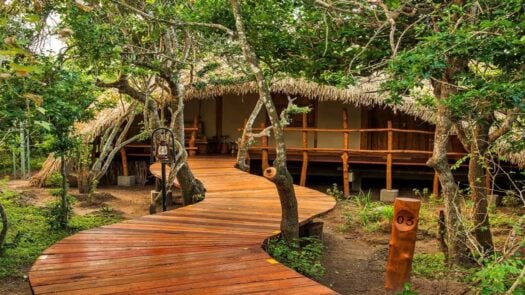
Luxury accommodation in Sri Lanka
Trip Inspiration
Whatever you're looking for from your adventure in Sri Lanka, our travel designers are ready to help.

